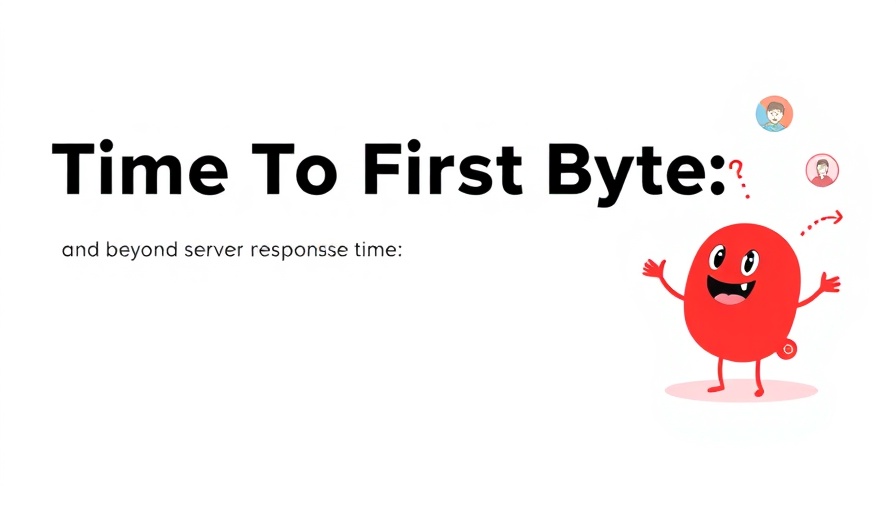
Understanding Time to First Byte
In the digital landscape, speed is of the essence, especially when it comes to a website's performance. One crucial metric that web developers and digital marketers often scrutinize is Time to First Byte (TTFB). This parameter not only measures the responsiveness of a server but also indicates how quickly your visitors can begin interacting with your content. However, TTFB is more than just a server response indicator; it encapsulates various network elements that can significantly affect user experience.
Components Impacting TTFB
TTFB doesn't depend solely on how quickly your server responds. It encompasses several factors, including DNS lookups, TCP handshakes, and TLS connections. Each of these steps contributes to the overall time it takes for a visitor's browser to start receiving the HTML document. For instance, if there are multiple redirects—especially cross-origin ones—it can add vital milliseconds or even seconds to the TTFB. Understanding these components enables website owners to target specific areas for improvement.
The Role of Network Latency
Network latency can significantly influence TTFB. It describes the time it takes for data to travel from the user's device to the server and back. During a typical session, several round trips are needed for the data exchange, and these can compound accordingly. For example, if the round-trip time (RTT) is high—say, 150 milliseconds—every additional round trip can stretch the TTFB further. Therefore, even if a server is quick to respond, poor network conditions can offset that speed, creating bottlenecks that frustrate users.
Implications for Website Optimization
To improve TTFB and overall user experience, it is pivotal for developers and businesses to first identify which parts of the TTFB process can be optimized. This may involve reducing the number of redirects, optimizing the DNS lookup time, or utilizing faster hosting services. Tools such as performance audits can provide crucial insights, allowing for actionable changes that can significantly enhance a site's responsiveness.
Future Trends in Web Performance
As user expectations rise, website performance will continue to play a decisive role in audience engagement and business success. Emerging technologies, such as edge computing, promise to bring the content closer to the user, effectively minimizing latency and, by extension, TTFB. Staying abreast of these trends will empower digital marketers and developers to adopt strategies that not only enhance TTFB but elevate user experience to unprecedented levels.
In summary, TTFB is a critical metric that provides valuable insights into your website's efficiency. By addressing its various components, particularly the aspects that lead to network latency, you can make transformative improvements that not only appeal to users but also bolster your digital strategy. Keep an eye on evolving technologies that can enhance performance, keeping your site competitive in an increasingly demanding digital world.
 Add Row
Add Row  Add
Add 






Write A Comment